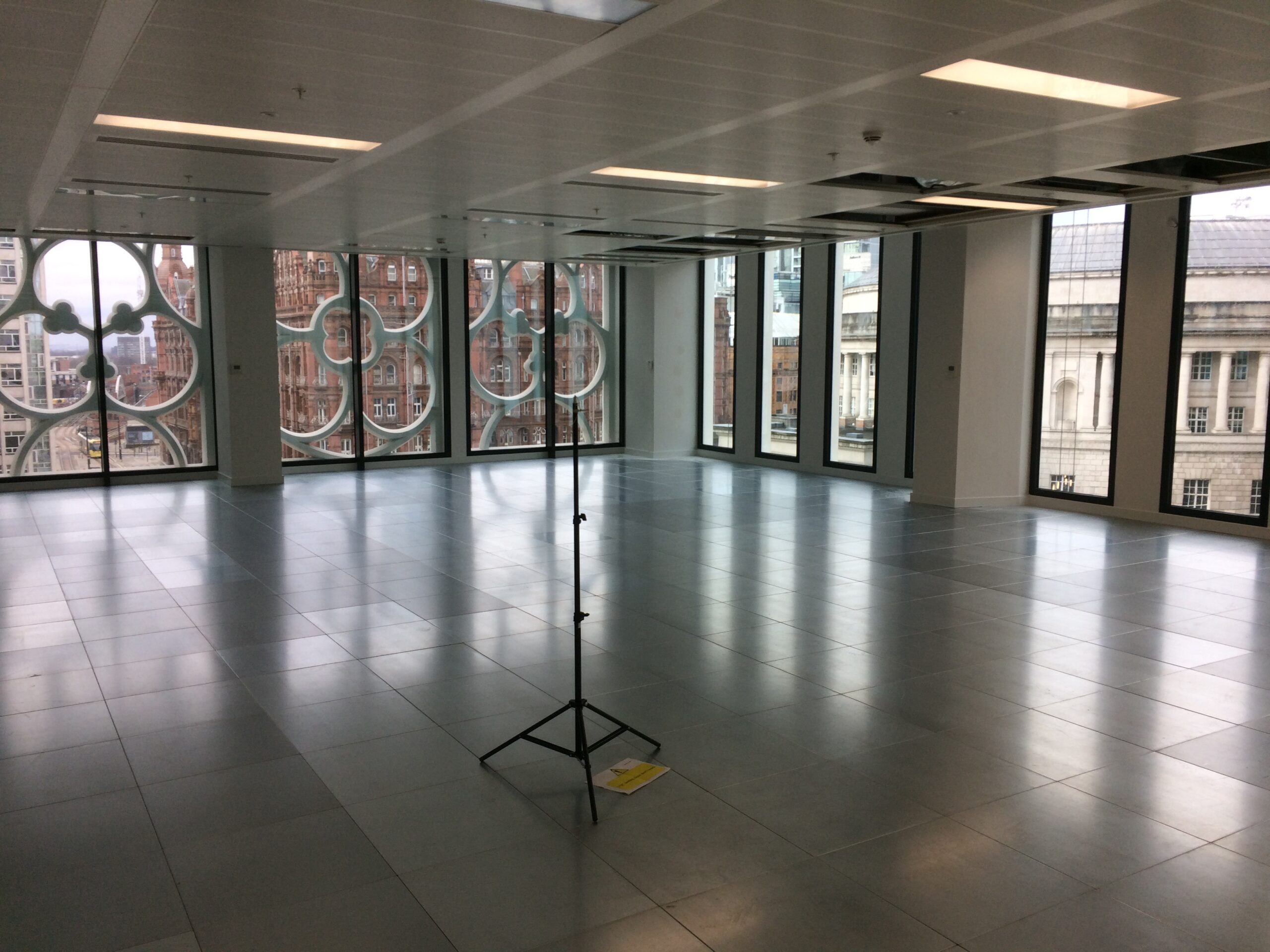
We create site specific monitoring programmes to streamline the pathway to achieving the BREAAM accreditation for indoor air quality.
Get in touch Share this
We create site specific monitoring programmes to streamline the pathway to achieving the BREAAM accreditation for indoor air quality.
Get in touch Share thisIn May, the Building Research Establishment (BRE) opened a public discussion on changes to its established and respected sustainability assessment method, BREEAM.
Whether to reward buildings that exhibit lower energy demand during peak levels is being considered, as well as a recalculation of the ‘in use’ measure, which keeps track of real-world performance of buildings, and a new measure for whole-building water usage.
Launched in 1990, the Building Research Establishment Environmental Assessment Method (BREEAM) is a sustainability assessment method that calculates the environmental impact of the built environment. It takes into consideration health and wellbeing, pollution, energy, water use, transport, waste, and other environmental factors. By meeting specified benchmarks, a development can gain credits which amount to a performance rating that demonstrates a commitment to sustainability. Developments with BREEAM certification are considerably more desirable as property investments.

The BREEAM standard for indoor air quality falls within the health and wellbeing category and considers two aspects.
Minimising sources of air pollution (4 credits)
Indoor air quality (IAQ) plan: An indoor air quality plan has been produced, with the objective of minimising indoor air pollution during occupation of the building.
Ventilation: The building has been designed to minimise the concentration and recirculation of pollutants in the building.
Volatile organic compound (VOC) emission levels – Products: All decorative paints and varnishes specified meet the criteria and at least five of the seven specified product categories meet the testing requirements and emission levels criteria for volatile organic compound (VOC) emissions.
Volatile organic compound (VOC) emission levels – Post construction: The formaldehyde and total volatile organic compound (TVOC) concentration levels must be measured post construction (but pre-occupancy) and found to be at an acceptable level and reported via the BREEAM Assessment Scoring and Reporting Tool.
Adaptability – potential for natural ventilation (1 credit)
The building ventilation strategy is designed to be flexible and adaptable to potential building occupant needs and climatic scenarios. Also, the natural ventilation strategy can provide at least two levels of user-control on the supply of fresh air to the occupied.